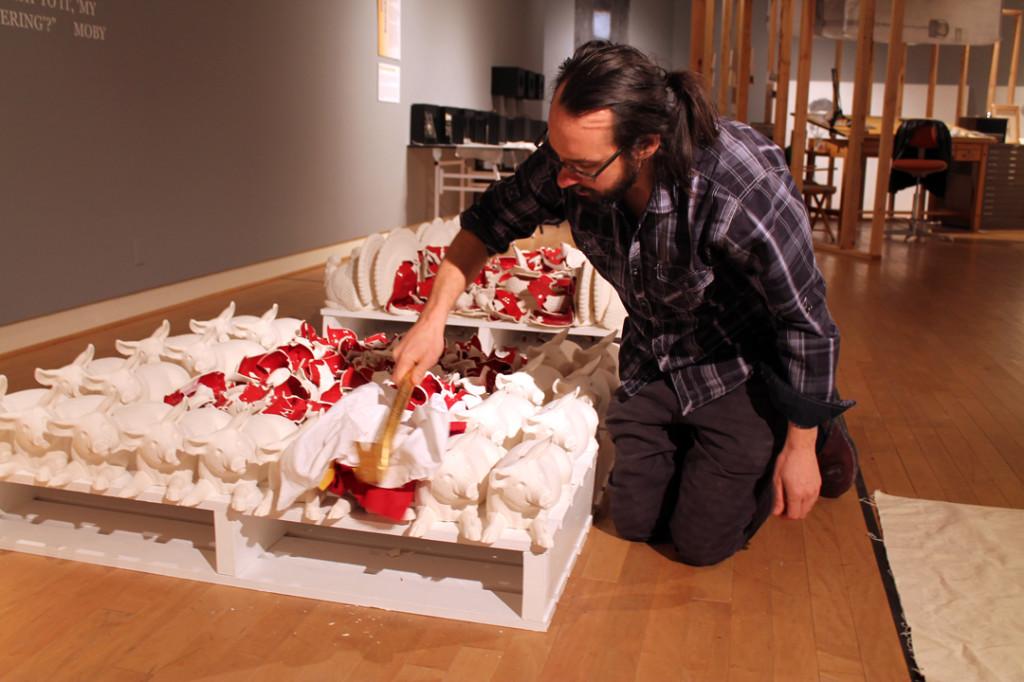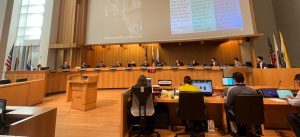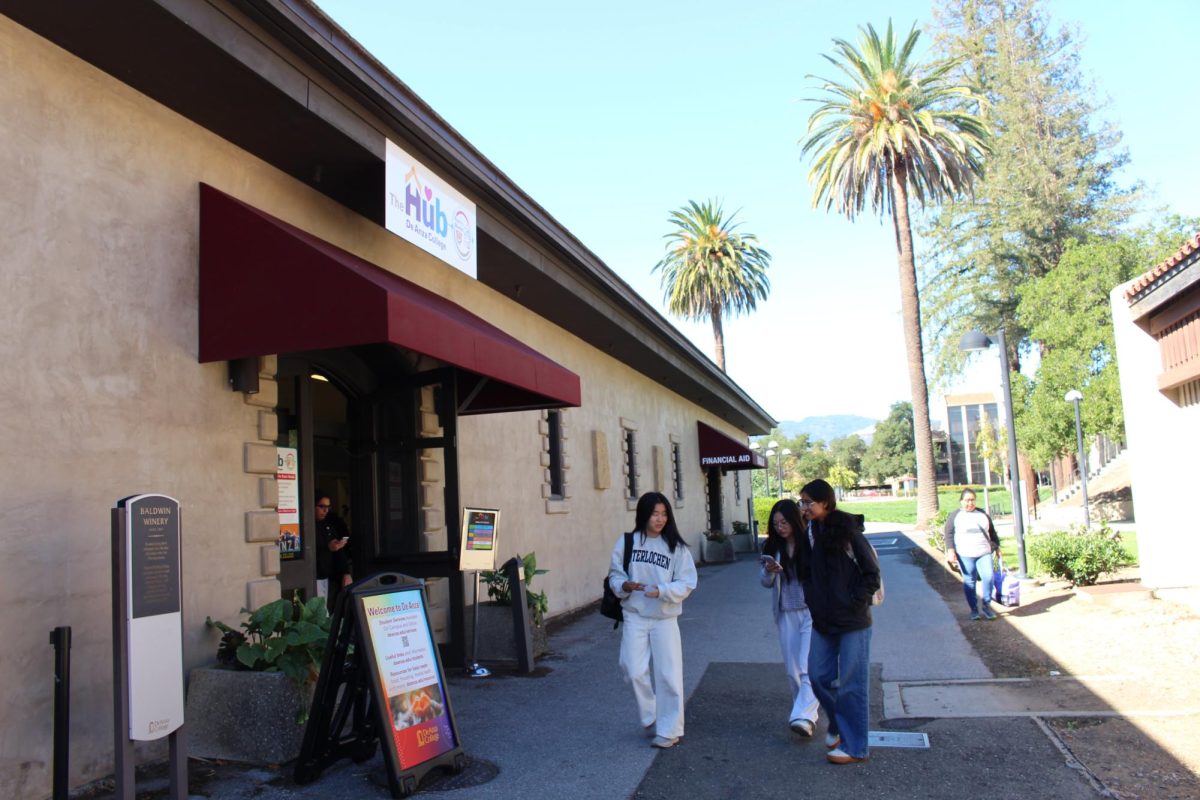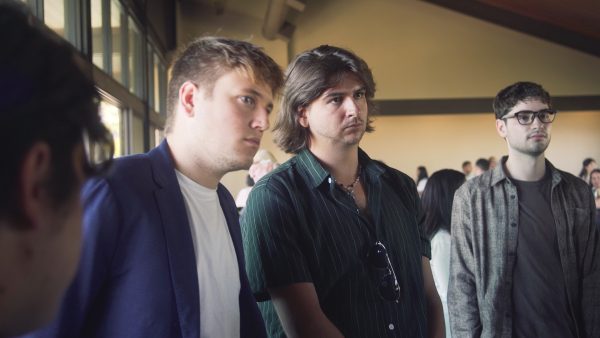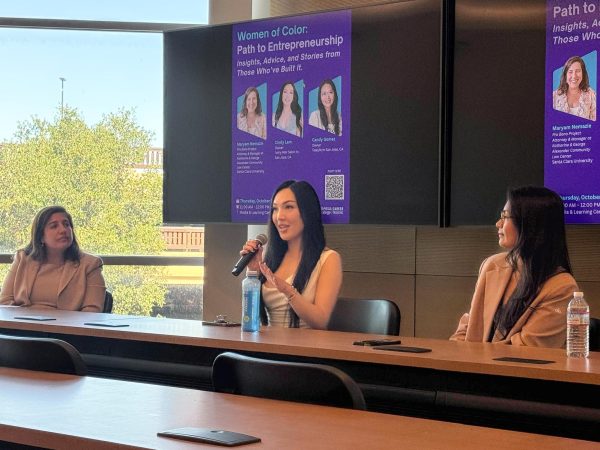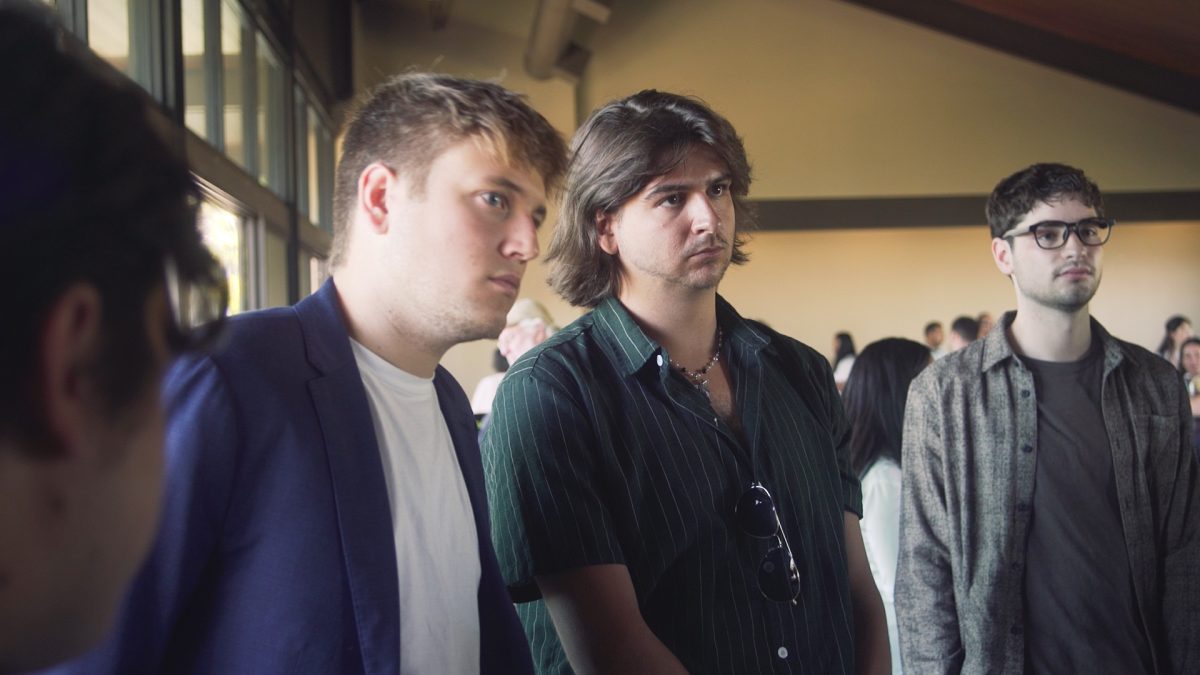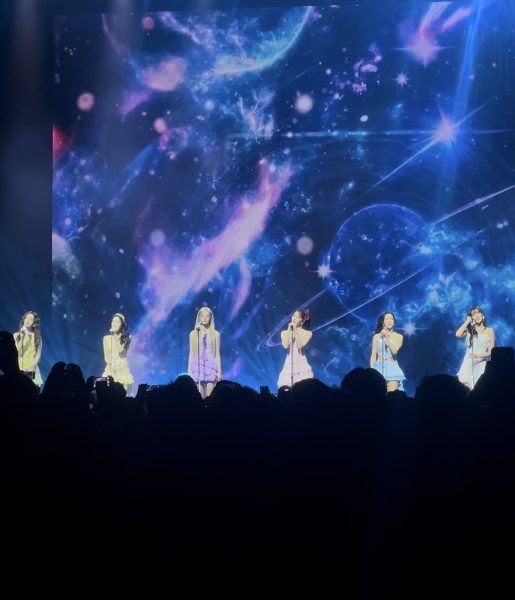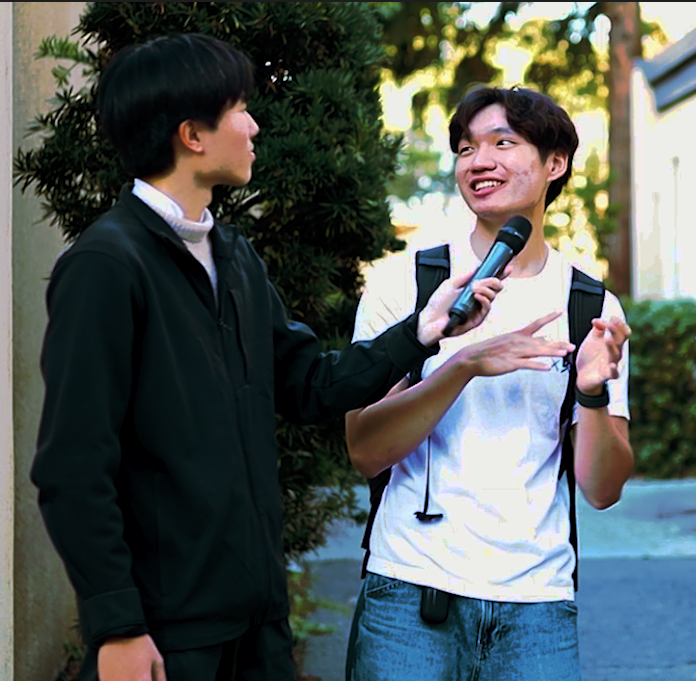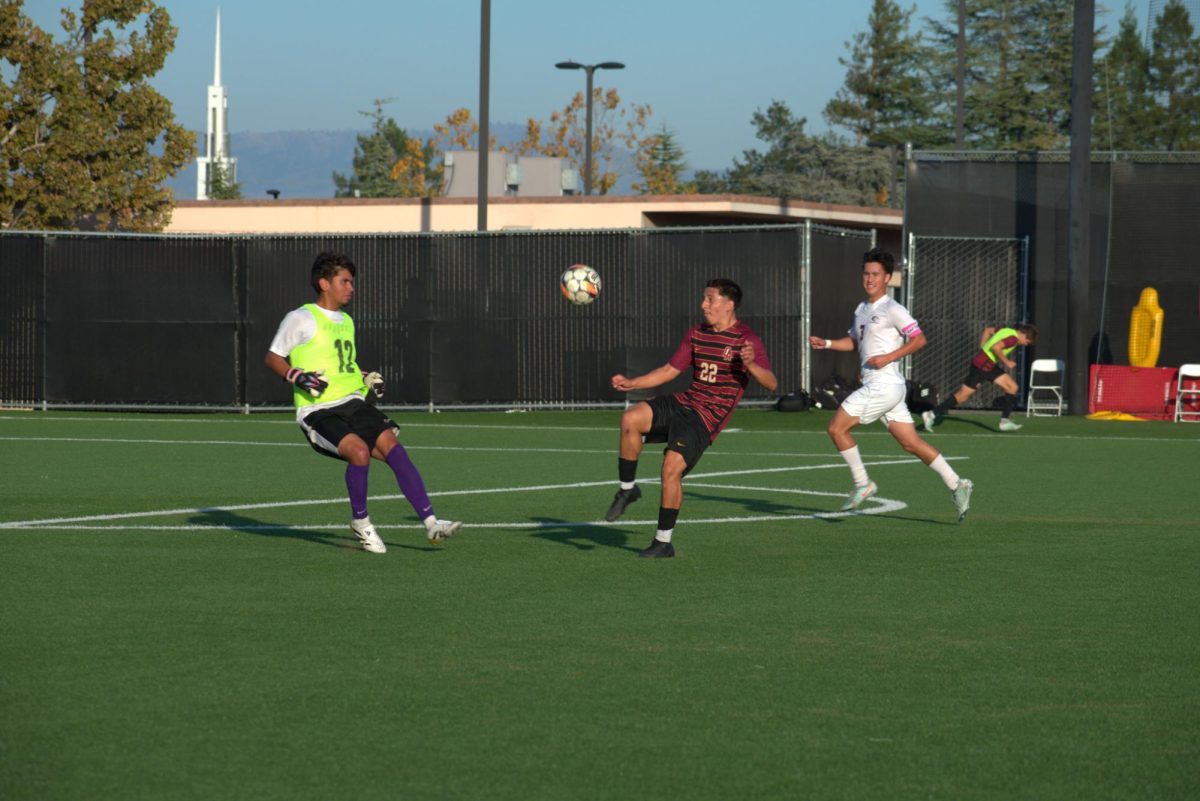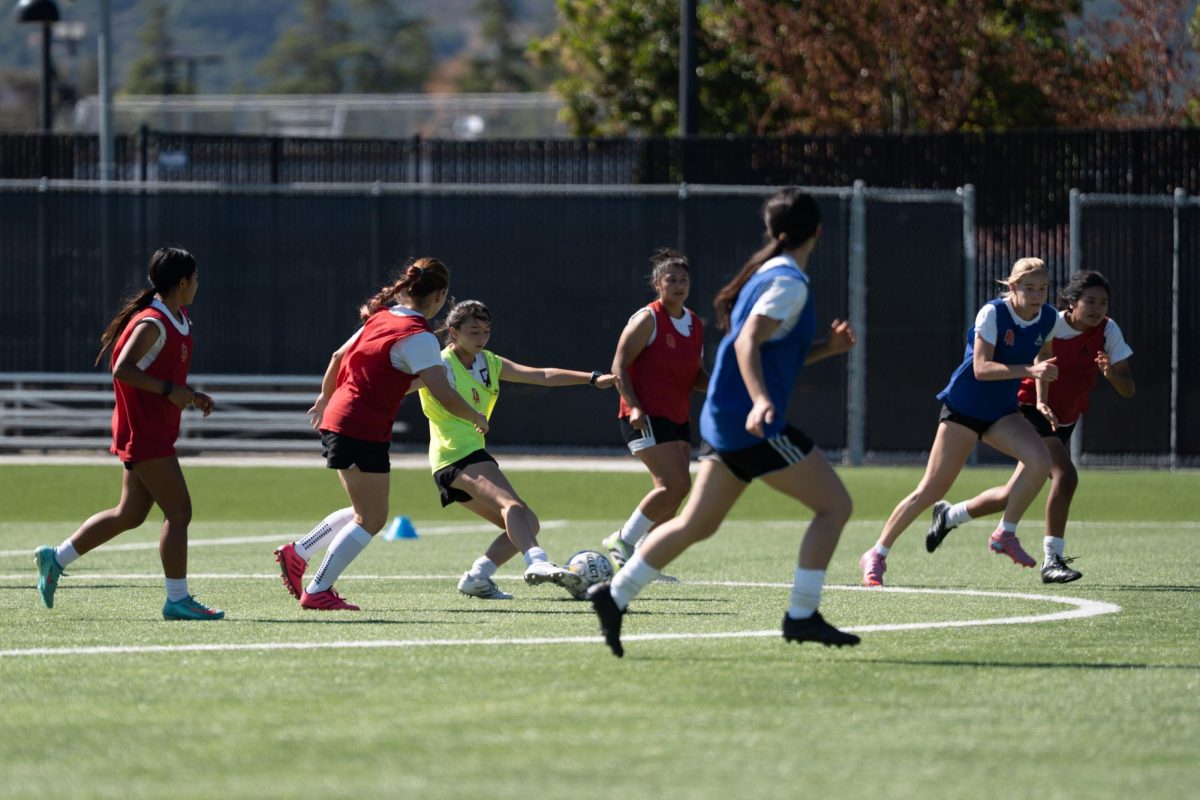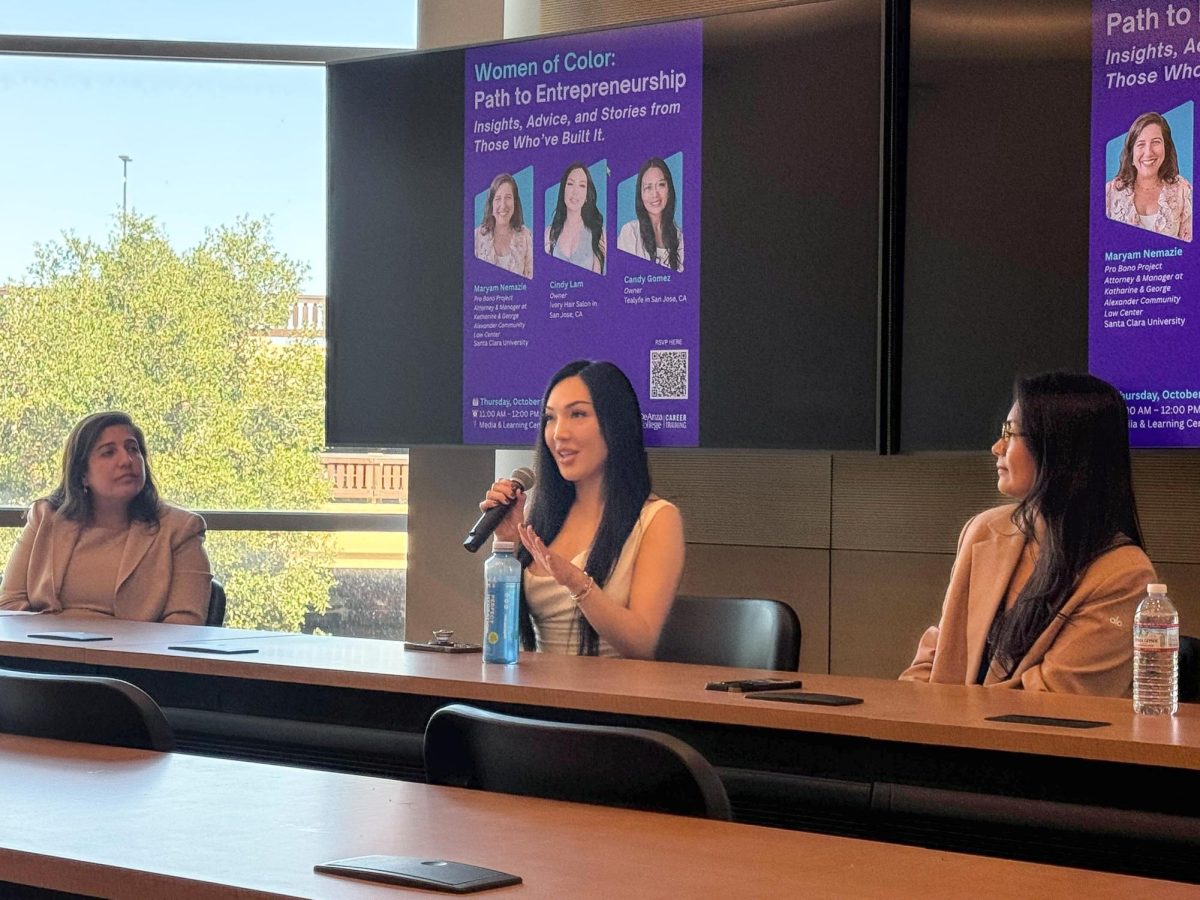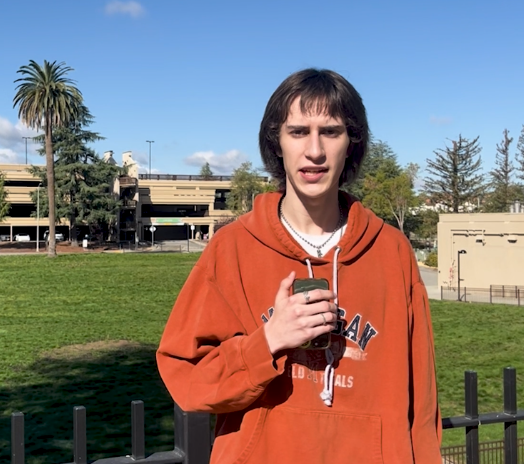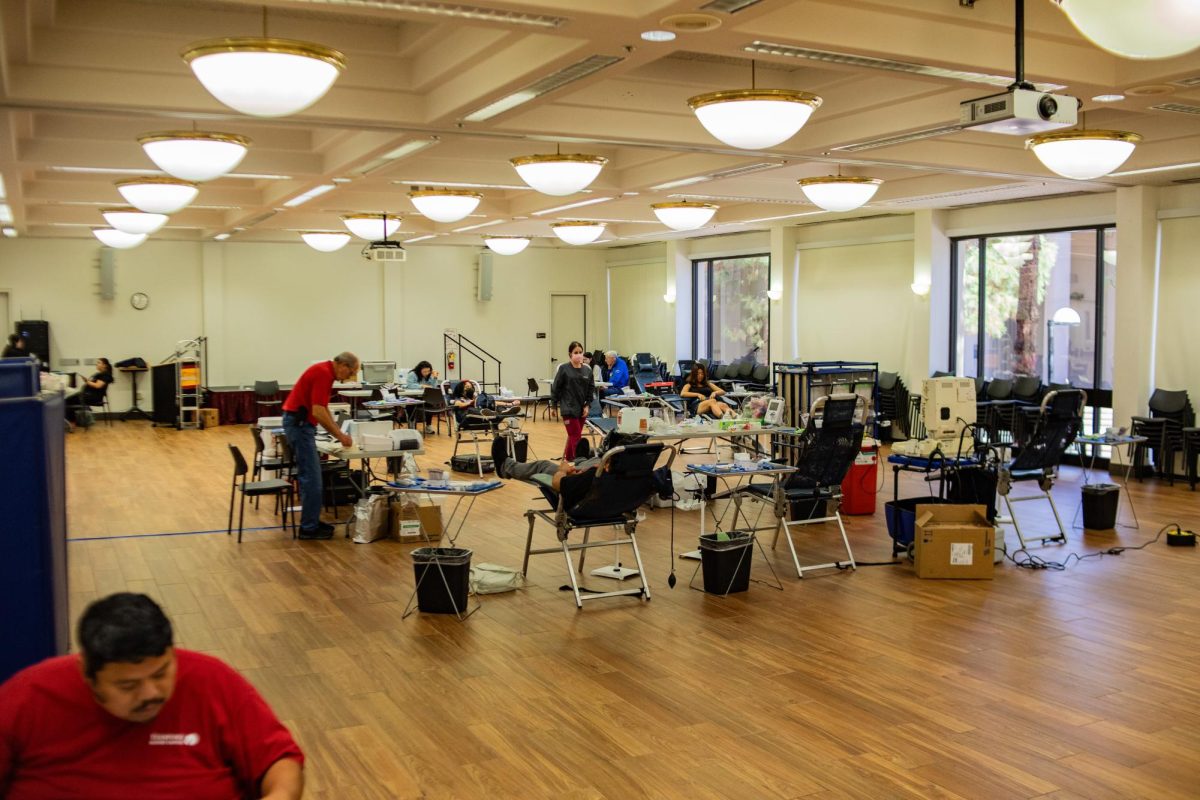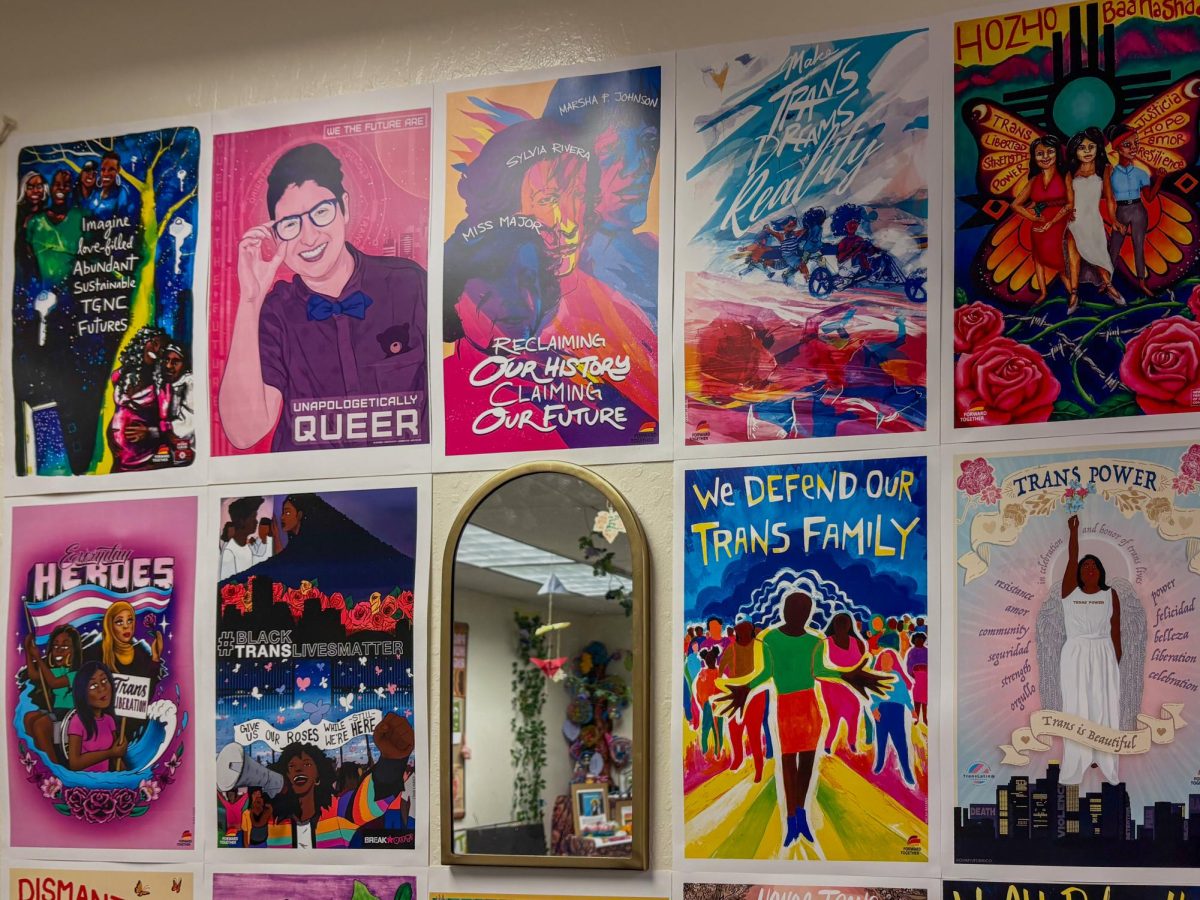Ceramics instructor opens Santa Cruz exhibit
February 18, 2014
With careful movements, Rocky Lewycky took out three different colored cloths and wrapped his pig sculpture.
He took out a crowbar and in the next 20 seconds, the artwork was destroyed.
Lewycky, a ceramics instructor at De Anza College took out another pig sculpture and replaced the original in the back end of his studio.
Lines of other animals — pigs, fish, cows and turkeys stood in rows.
Lewycky is a sculptor and an artist. Influenced by his mother, he participated in art lessons since childhood.
“I was able to interact with the idea of making things, and so I think that started to get in my blood,” he said. “There is a strong connection that I can present through something visual, not just through dialogues.”
Among all mediums of art, Lewycky treasures clay because of its tactility and malleability.
“What’s cool about ceramics is that it can record your body movement and texture, and then turns into stone,” said Lewycky. “It’s the purity of that medium that is unparalleled, and I can really connect with that.”
Art viewers who visit his current exhibition at the Santa Cruz Museum of Arts and History, walk into a capacious room with rows of the colorless animals.
Each word of the title, “Genocide: Is It Necessary,” is imprinted on each of the blocks.
In the center back, one lone pedestal stood, topped with a sculpture of one of the animals.
The theme of the exhibit was factory farming and the culture of meat eating.
Lewycky’s wife, Larkin is a vegetarian. Her ideas were the catalyst that drove him to pursue this project.
Once on a hiking trip in Utah, Lewycky and Larkin stumbled upon scenes of carcasses being dragged and hanged on hooks and conveyor belts at a farm factory. The scene horrified them.
Lewycky‘s exhibit, “Is It Necessary?” highlights the meat consuming lifestyle and the effects it has on the human body and the environment.
“It takes 25,000 gallons of water to produce one pound of meat. That’s just incredible,” said Lewycky.
To Lewycky, art represents his voice and his connection to others.
“It is another thing to present something viscerally. When people see it, they feel it,” he said. “That’s why I’m doing this, to hopefully nick at a nerve that might not have been activated before.”



